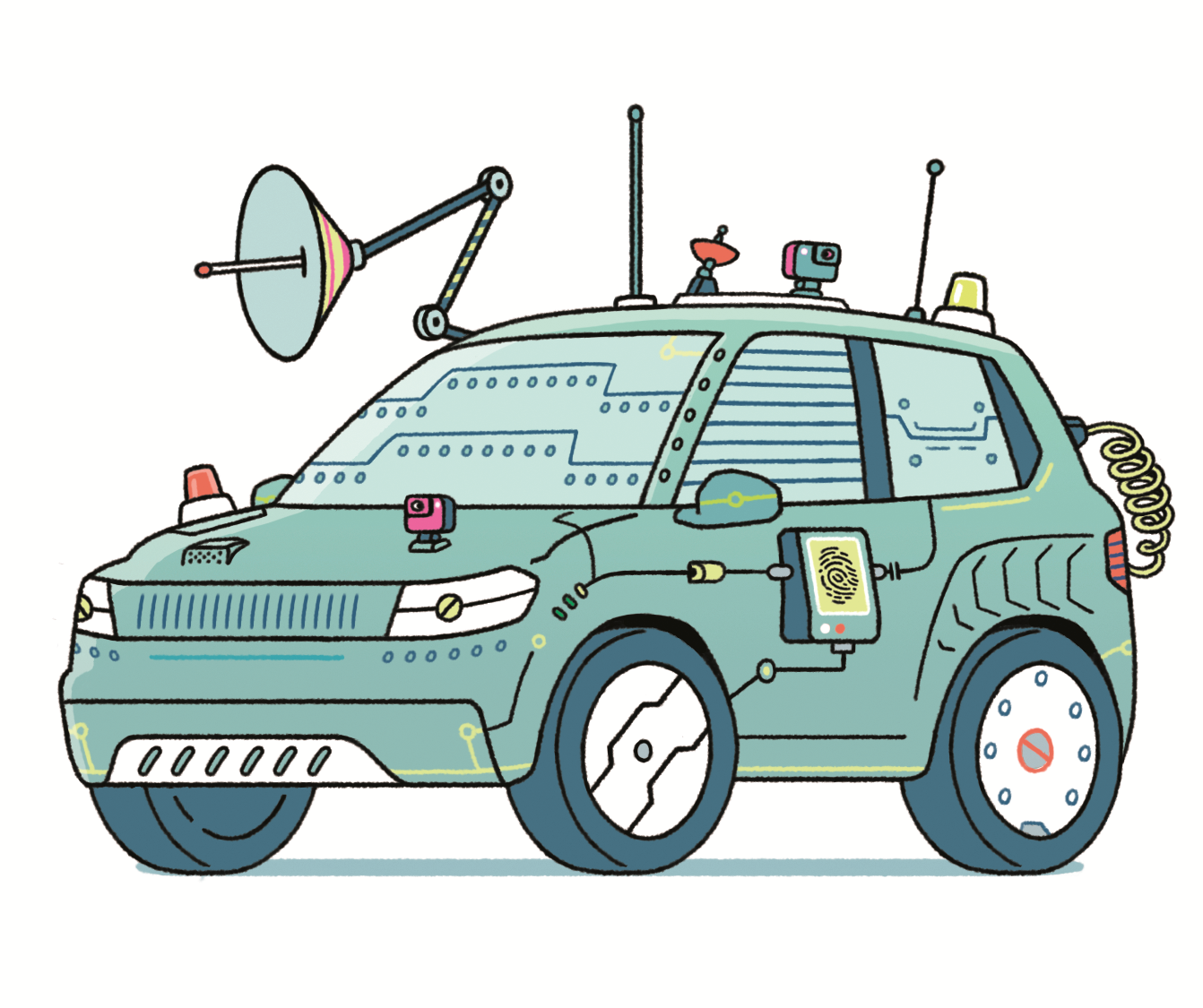As anyone who has recently driven a new vehicle knows, our cars and trucks now come loaded with a raft of high-tech features to make driving easier and safer. Despite these advances, however, even the smartest of modern vehicles can still be a target for car thieves.
As the internal systems of cars become increasingly sophisticated, so too have the methods of thieves to evade them. Common theft techniques now include easily available electronic devices to “clone” nearby key fobs, allowing thieves to enter a vehicle and drive off with it in a matter of minutes. Vehicles may then be either sold for parts or loaded onto shipping containers for export overseas, making them next to impossible to recover. (Tip: Keep your keys in a Faraday Bag, which blocks RF signals, so thieves can’t intercept them.)
While no vehicle is theft-proof, some automakers offer enhanced systems for added security. Honda’s stolen-vehicle locator—HondaLink™, offered by subscription on newer models—uses GPS technology to assist authorities in finding stolen cars. GM’s OnStar system can remotely slow down a stolen vehicle to hamper a thief’s getaway. Other add-ons, like BMW’s Drive Recorder and Tesla’s Sentry Mode, turn a vehicle’s cameras into a surveillance system that can capture thieves in the act.
Automakers are also responding to high-tech thievery in more direct ways, notes Sam Abuelsamid, a mobility analyst at consulting firm Guidehouse Insights. “What we’re starting to see now is something known as ultra-wideband [UWB] technology,” he says. By using a complex and precise system of communication between the fob and the vehicle, UWB is more difficult to fool than previous generations of remote fobs, he explains. “It identifies you and authenticates where you are before it’ll unlock the door and start the vehicle, so it’s a much more secure system.”
Other security features Canadians can expect in the coming years are biometric scanners like the ones found on smartphones. “I think biometrics is probably going to be the next big thing that we see roll out more broadly,” Abuelsamid predicts, noting that the technology is already available in the Genesis GV70 SUV, which uses a fingerprint reader to identify authorized drivers.
Despite these advances, our vehicles’ reliance on wireless networks invites opportunities for thieves to hack them. “The more points of connectivity you have, the more potential there is for bad actors to get in and do anything, from stealing your data to disabling your vehicle with a ransomware attack,” Abuelsamid says. The auto industry is aware of these weaknesses, he says, and automakers are taking action.
For now, police suggest focusing on visual deterrents. Even with high-tech protection, it’s still a good idea to do whatever it takes to discourage thieves. “I would suggest making the vehicle less tempting to would-be thieves,” says Brandon Klassen, supervisor of automotive services for AMA, “meaning, parking under a light or in a secured garage. Thieves want the lowest risk with the highest payoff.”
In this era of increasingly high-tech cars, it turns out that low-tech measures remain as effective as ever.
QUESTIONS ABOUT YOUR CAR INSURANCE?
Speak to an AMA Insurance advisor to review your policy and ensure you have the best coverage at the best rates. Visit ama.ab.ca/insurance for details.
